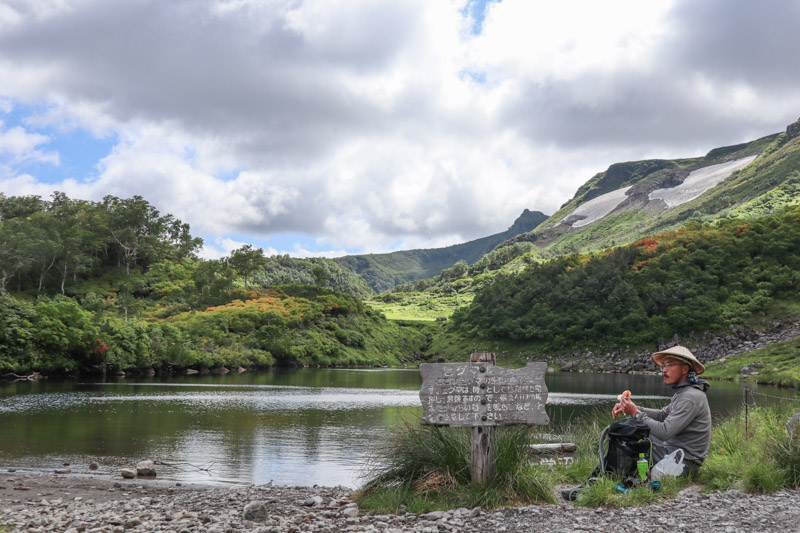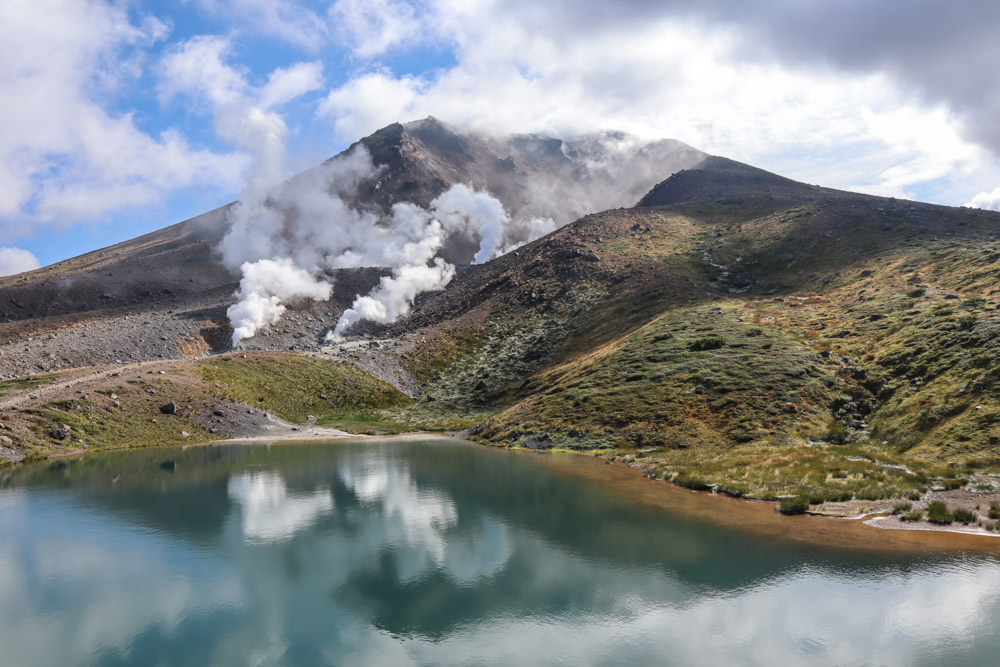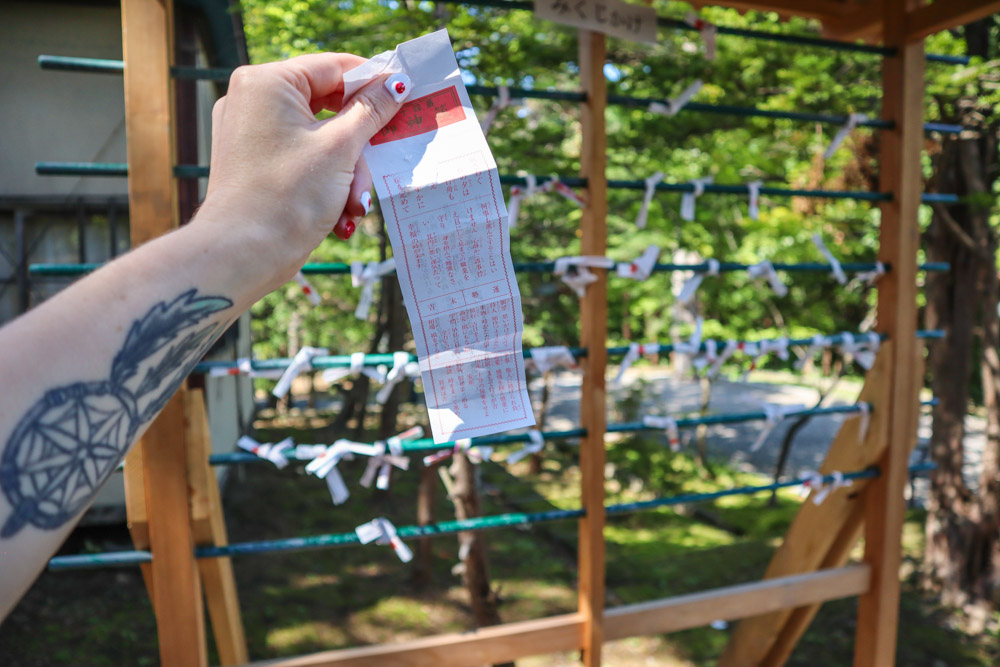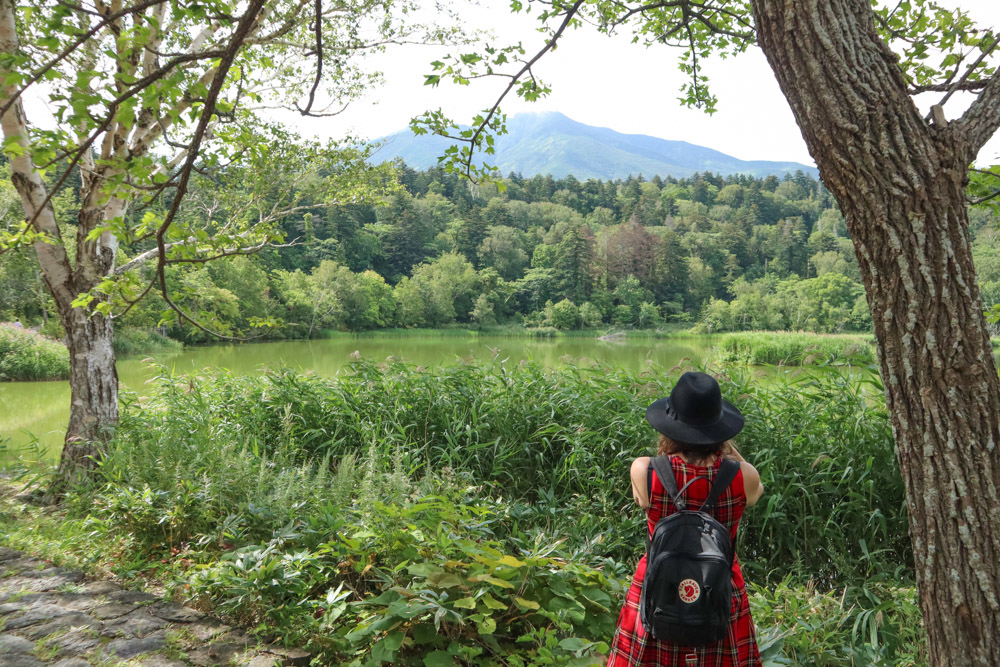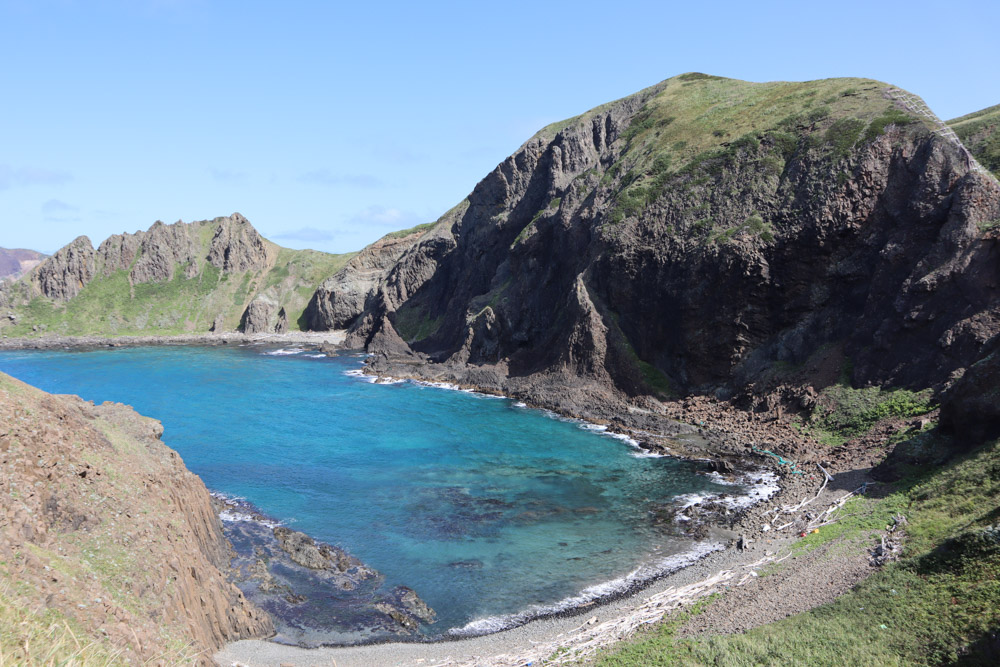Tokyo, Kyoto, Osaka, The Golden Route in Japan is great but expect lots of lines, tour bus crowds and Instagram wannabes. The solution? These Japan off the beaten path locations! Culture, nature, food, photography and adventure, this is the side of Japan that hardly anyone knows about. And the best bit? You can do this […]
Category Archives: Japan
Ridiculously useful Japan travel guides, itineraries, packing lists, tours and day trips.
If hiking or biking by day then soaking in a hot spring onsen bath under the stars at night is your kind of trip then our Hokkaido itinerary is for you. Hokkaido in northern Japan is the second biggest island and a playground for adventure lovers. The island itself is massive with lots of opportunities […]
Ainu culture, sake brewing, traditional izakaya restaurants, modern malls and the gateway to the national parks of Hokkaido. Whether you are visiting in winter for ski season or summer for hiking there are many things to do in Asahikawa. To us, Gemma and Craig, Asahikawa city feels very much like Vancouver. Not only is it […]
Rishiri Island, located in the north of Japan, is an outdoor lover’s playground! Home to one of 100 Famous Mountains of Japan, Mount Rishiri, many hikers enjoy this day trek, others come for the island views and seafood fans enjoy the famous urchins. Rishiri makes a great combination trip with its smaller sister, Rebun Island […]
Rebun and Rishiri are lesser-known islands in Northern Japan. A scenic and easy ferry ride away from Hokkaido mainland (Wakkanai Port), Rebun Island is a peaceful haven for hikers, seafood fans and those looking for a genuine Japanese ryokan spa hotel experience. In this guide, we (Gemma and Craig) will detail the best things to […]
- 1
- 2

